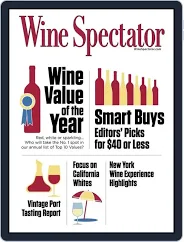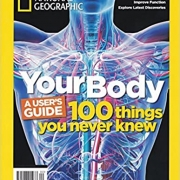Is Three Perfection in Content Marketing?
Aristotle taught it. Hemingway used it. Matthew McConaughey still does. In “The Oldest Rule of Compelling Writing”, Linda Caroll is referring to “Omni trium perfectum”, meaning Three is Perfection. With the human brain a pattern-seeking machine, the smallest number it identifies is three, Caroll explains. As an example, in McConaughey’s Oscar acceptance speech, he said that, in life, we all need three things: someone to look up to, something to look forward to, and something to chase.
The laminated student guide “Writing Tips & Tricks” by quickstudy.com advises: “Ask yourself what you want the reader to know about your topic….Think of three details or three examples for each idea.” Quick Study is referring to student essays, typically much longer, much more formal, and more detailed than blog posts. In fact, their sample outline format contains three main ideas, each with three details and examples.
In content writing for business, by contrast, I recommend a razor-sharp focus on just one story, one idea, one aspect of a business, a practice, or an organization. Other aspects can be addressed in later posts. Focused on one thing, I tell business owners and practitioners, your post will have much greater impact, since people are bombarded with many messages each day. Respecting readers’ time produces better results for your business.
That doesn’t mean blog content writing shouldn’t make use of the “the three-legged stool” idea, with three examples or details supporting the main idea of each post, and using the three elements of:
- Visual (images and charts)
- Word content
- Delivery (expression of the opinion clarifying the difference between the business owner and his/her competitor )
Three may be perfection, but all three of those must support one main concept in each content piece.






Follow us online!